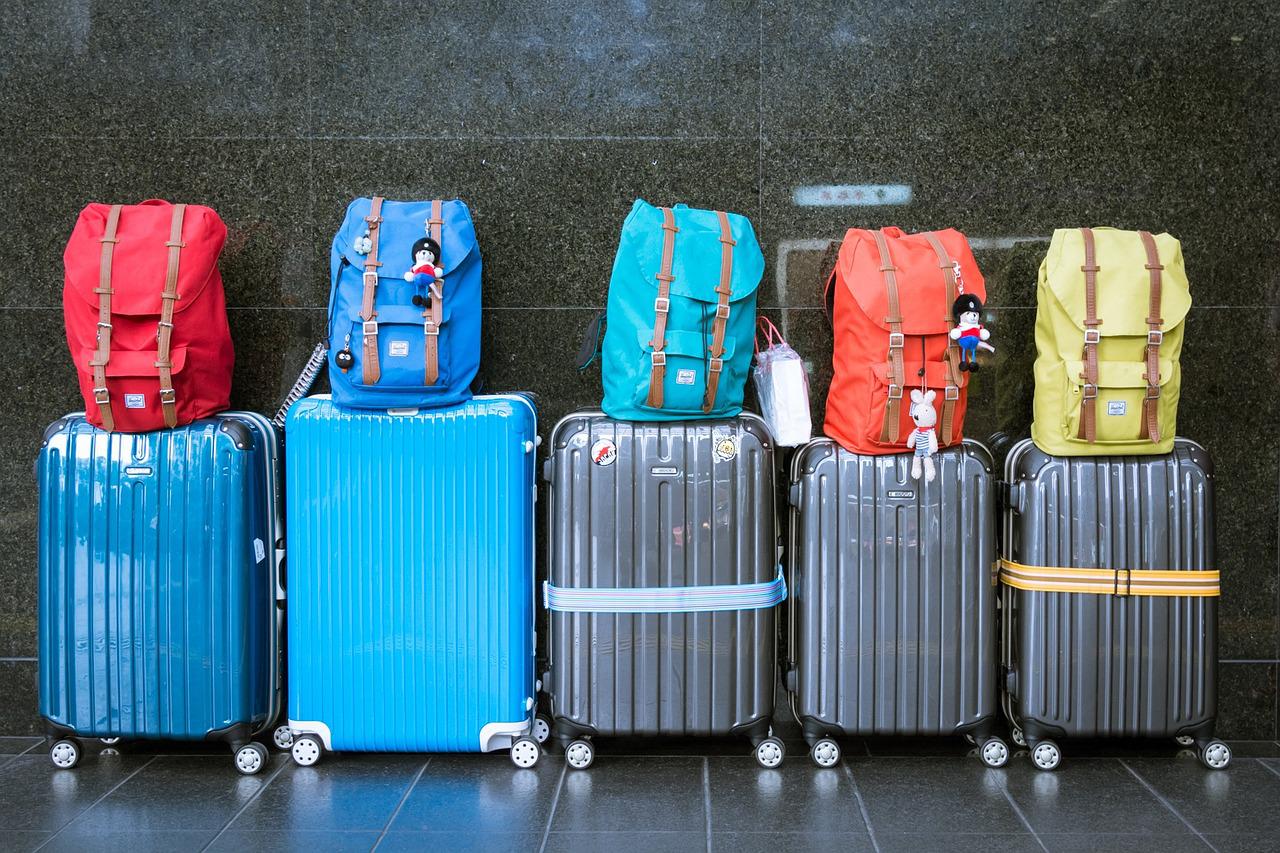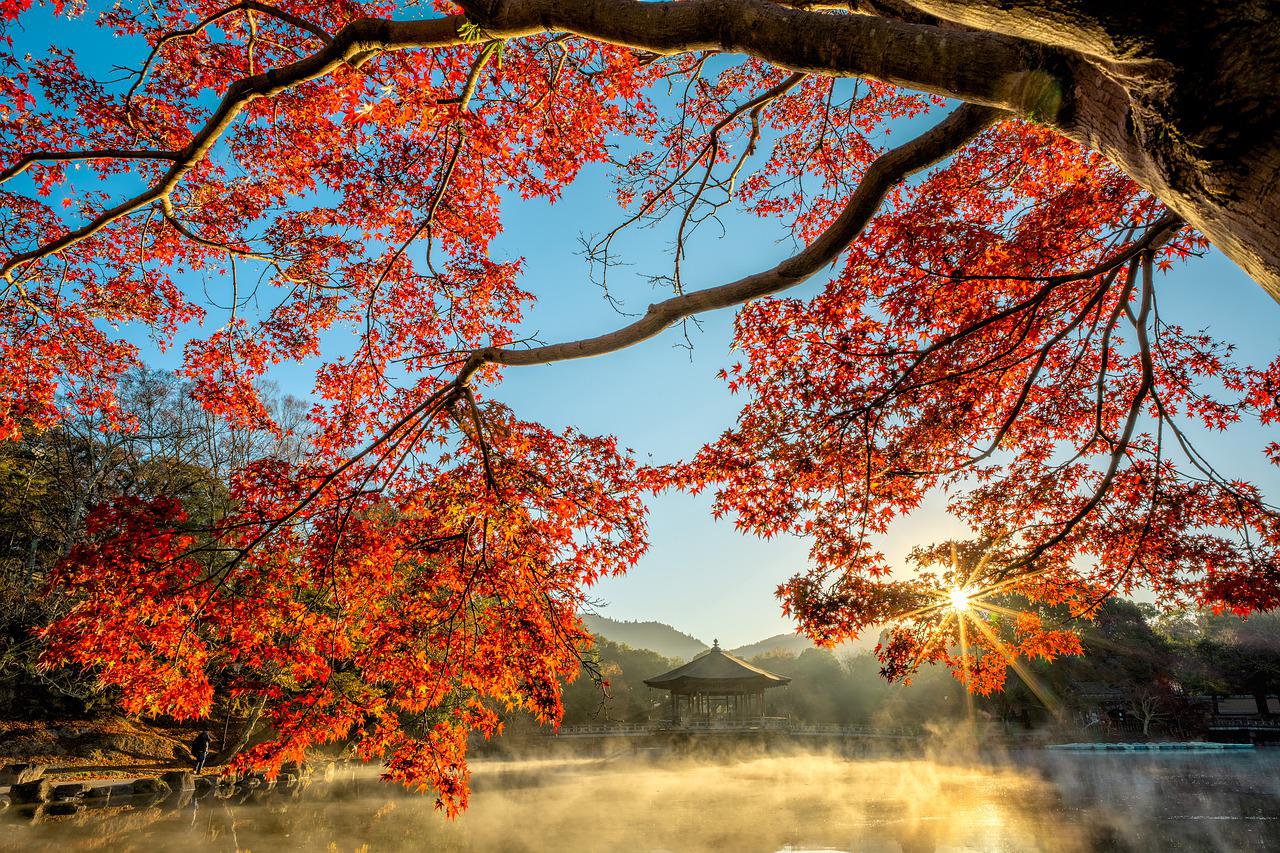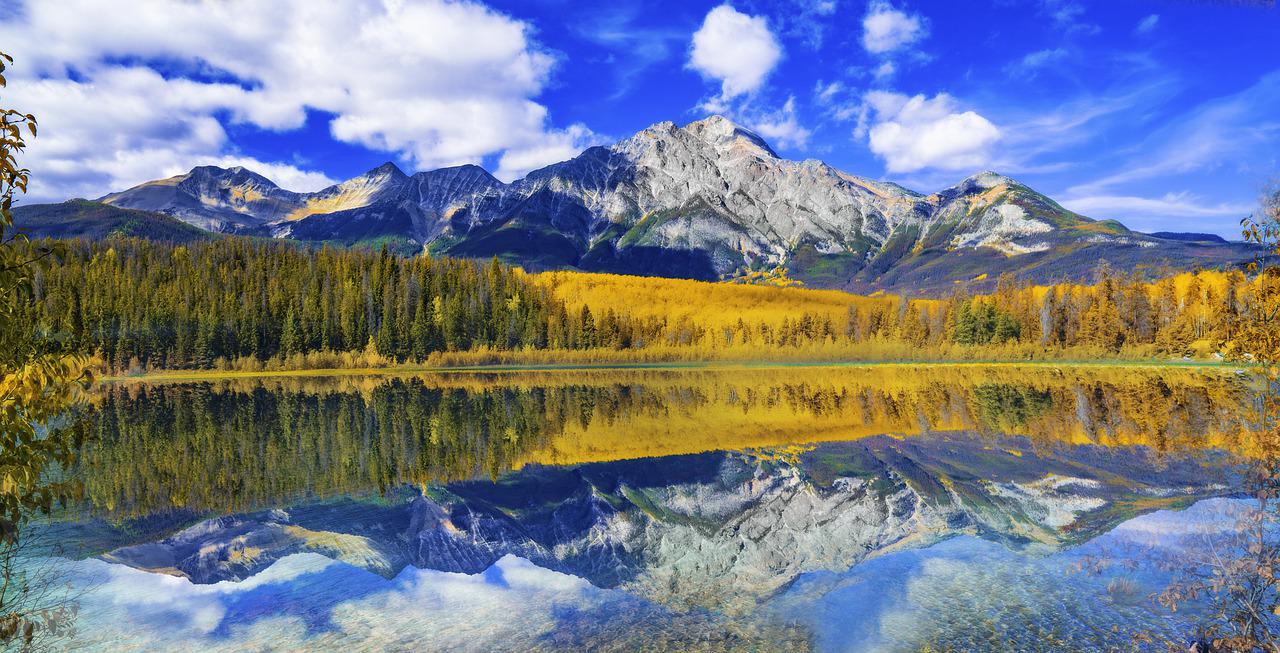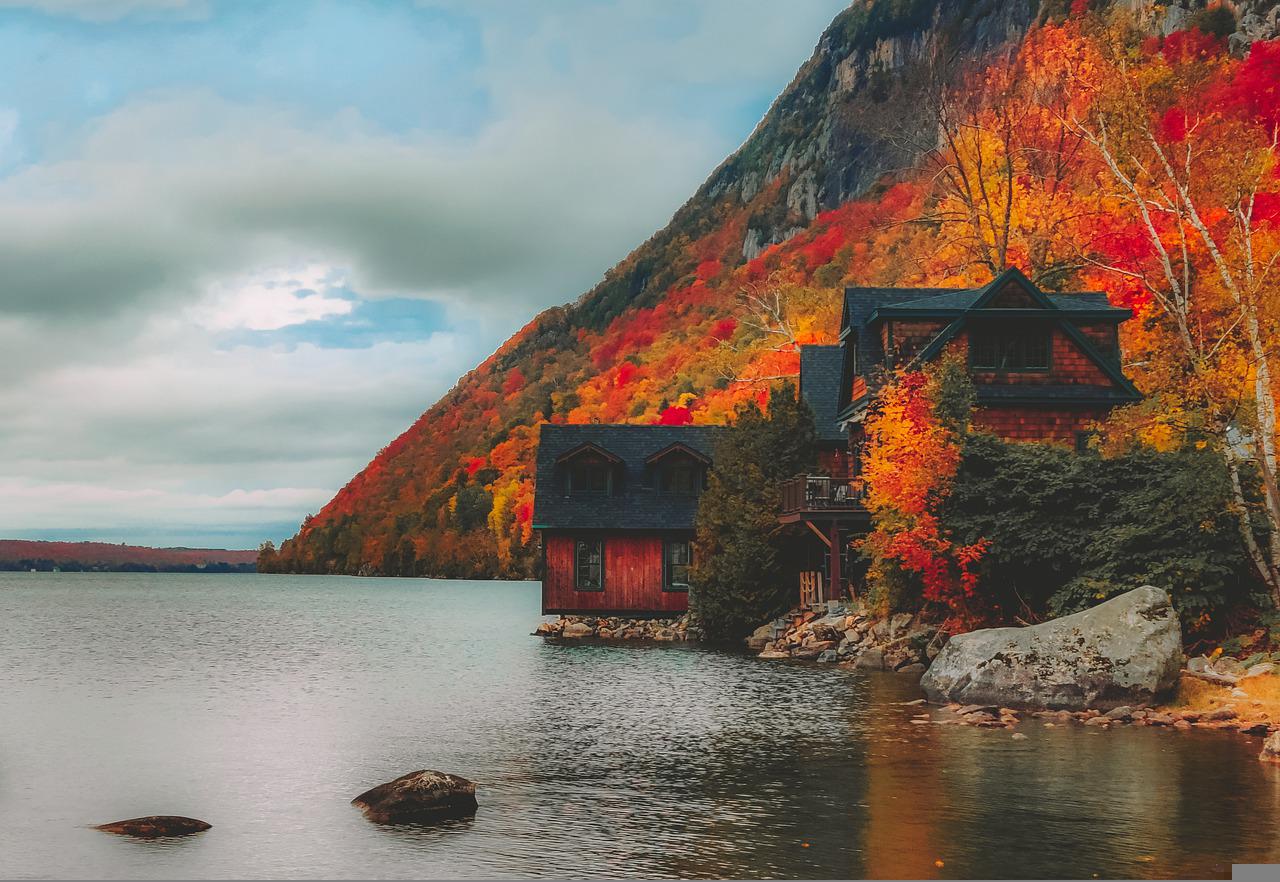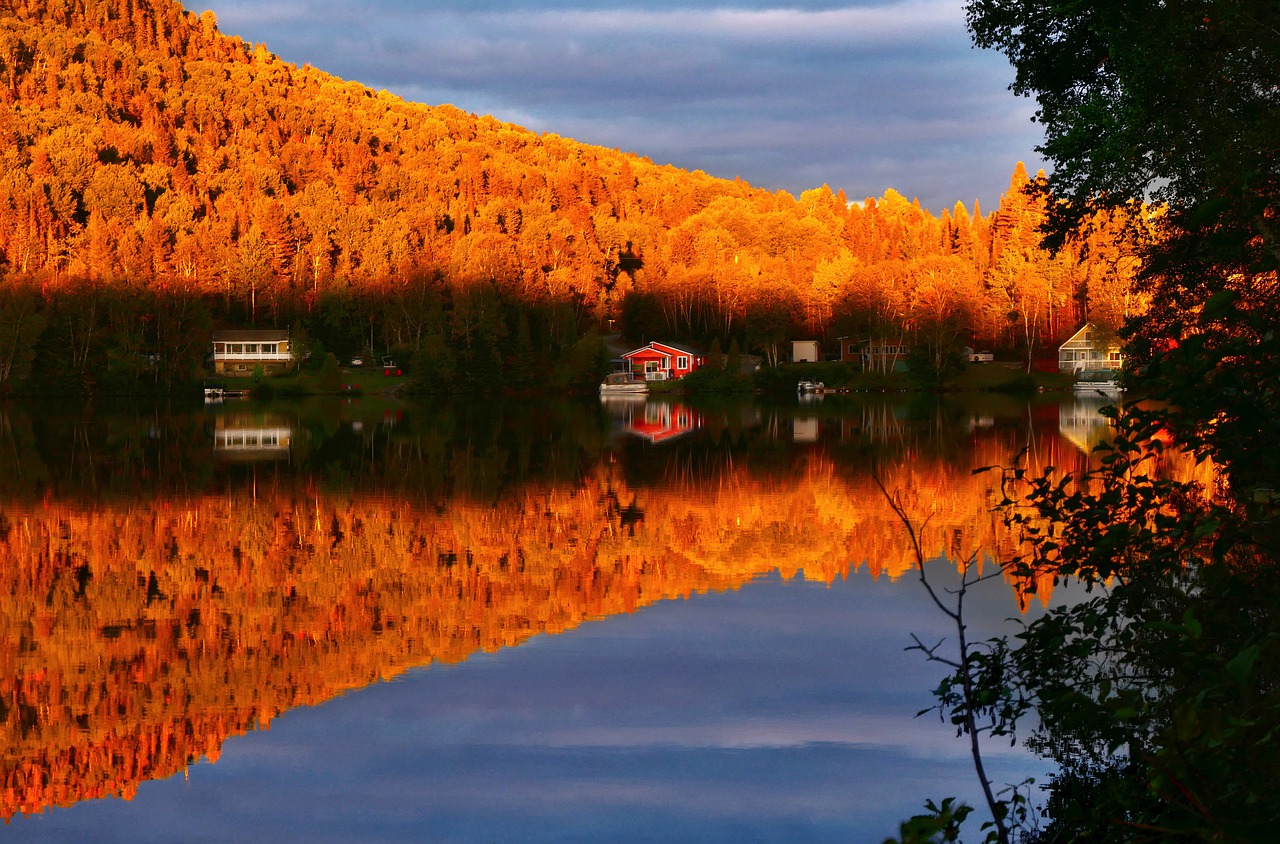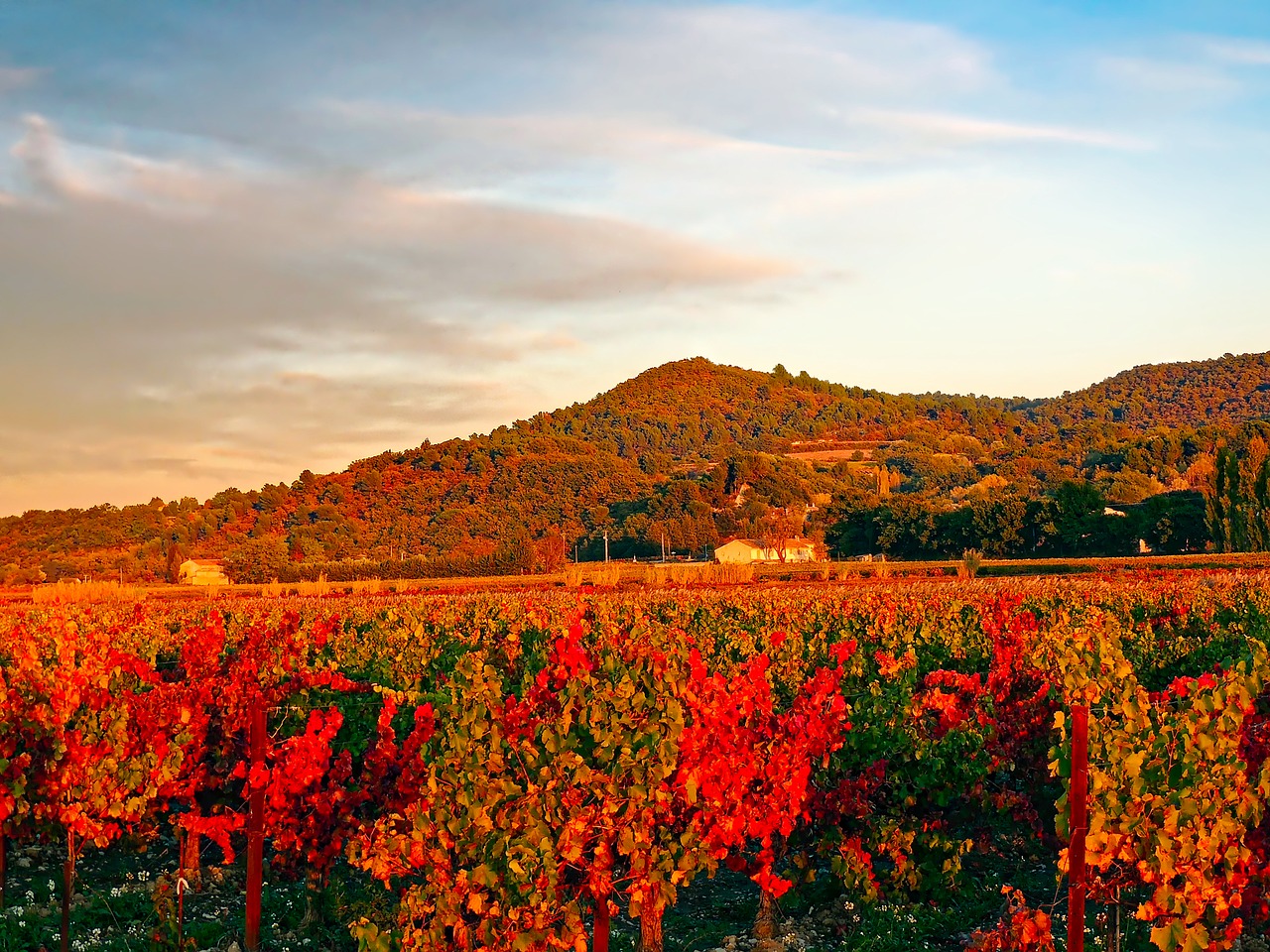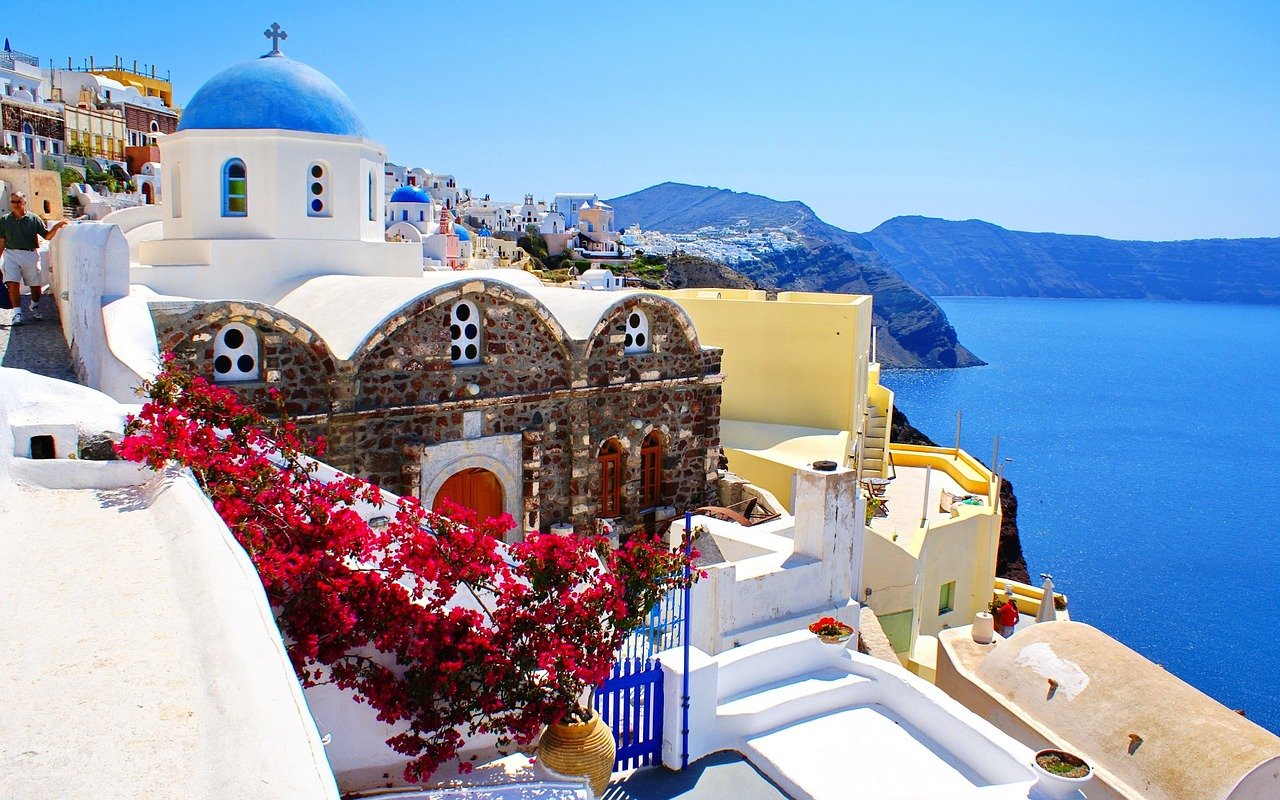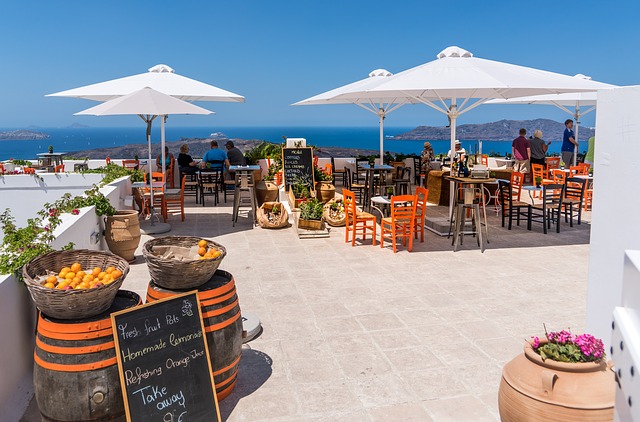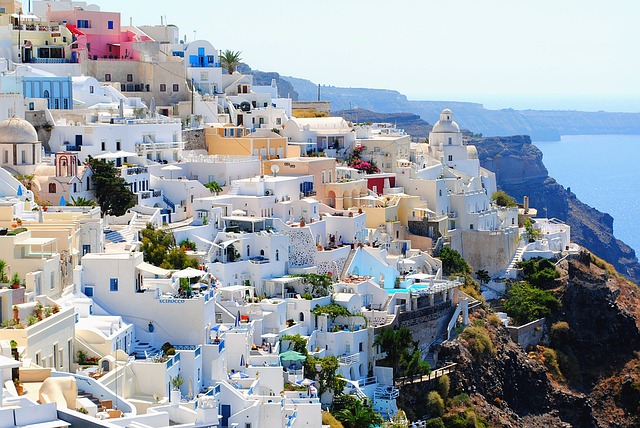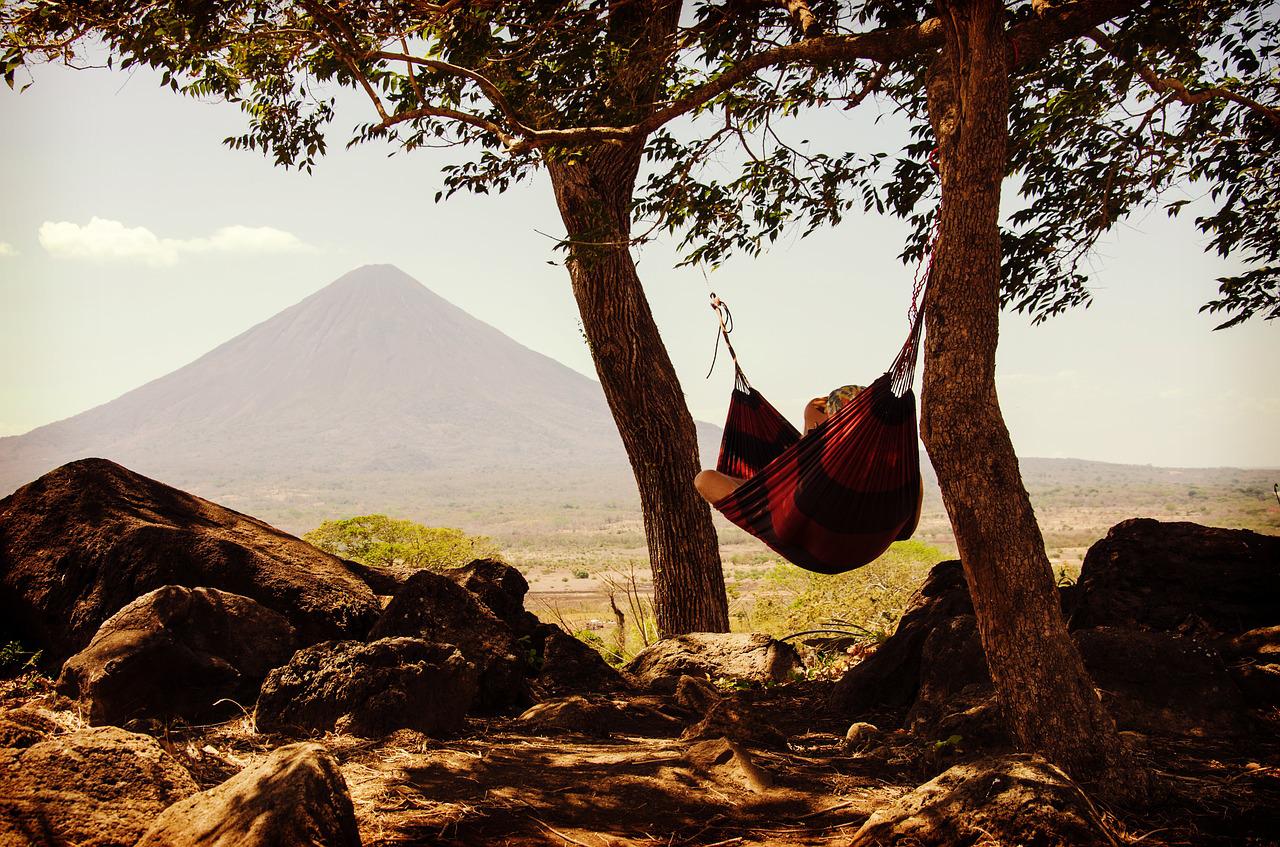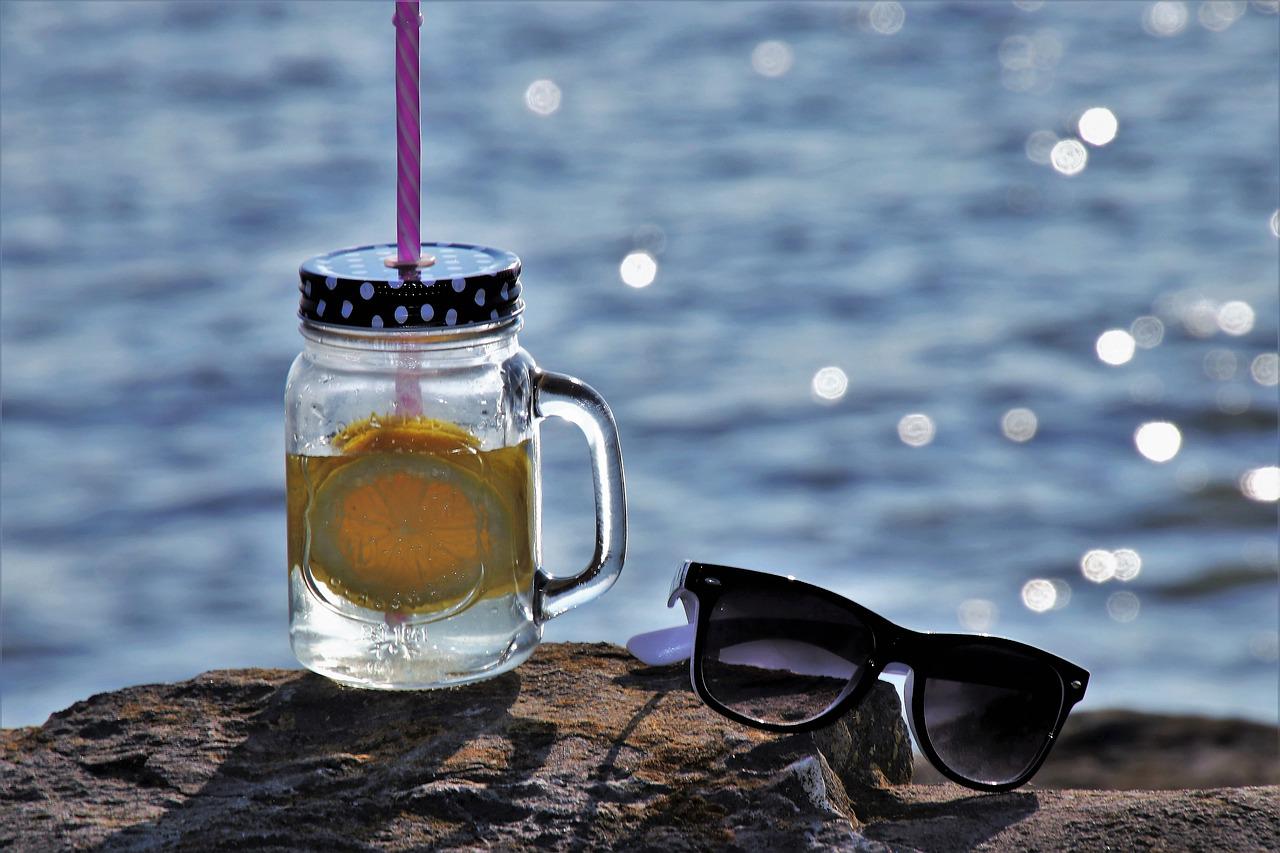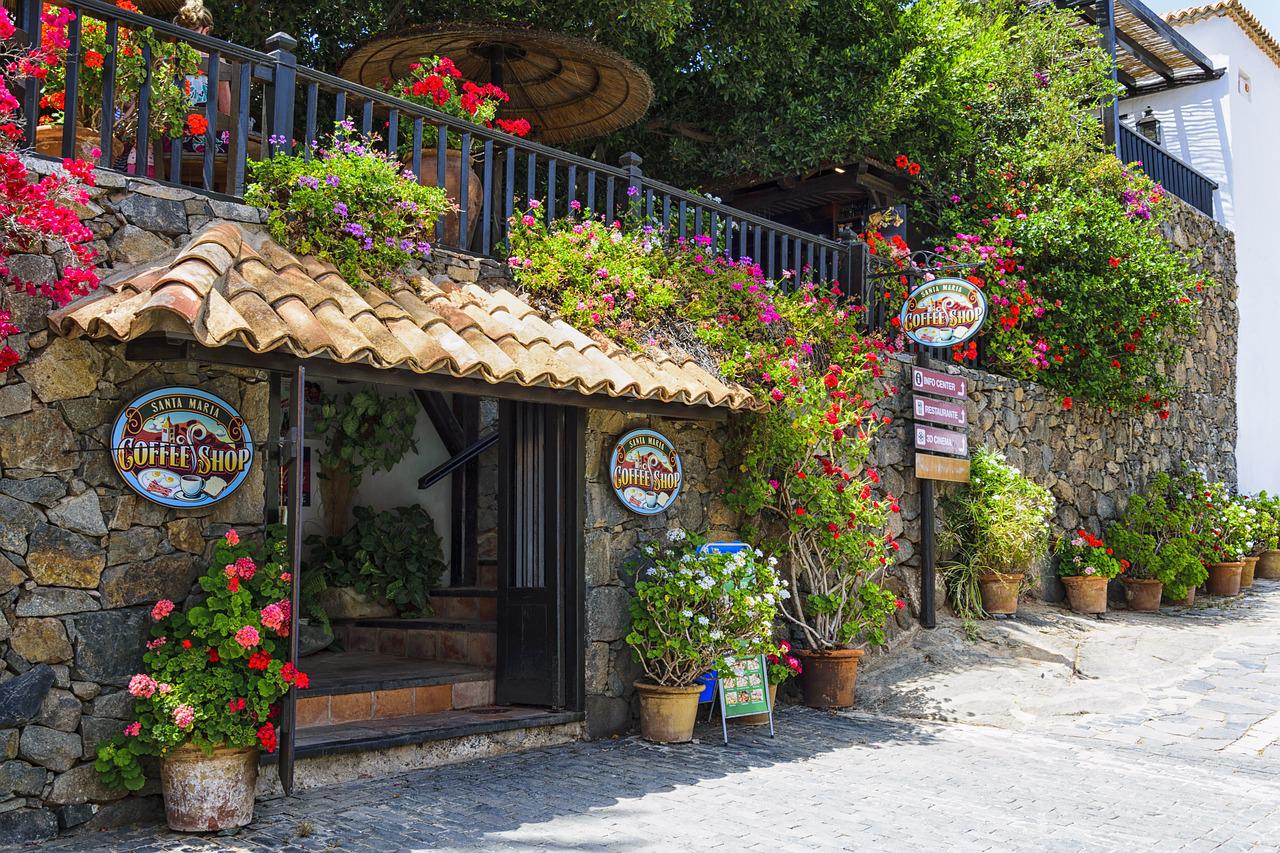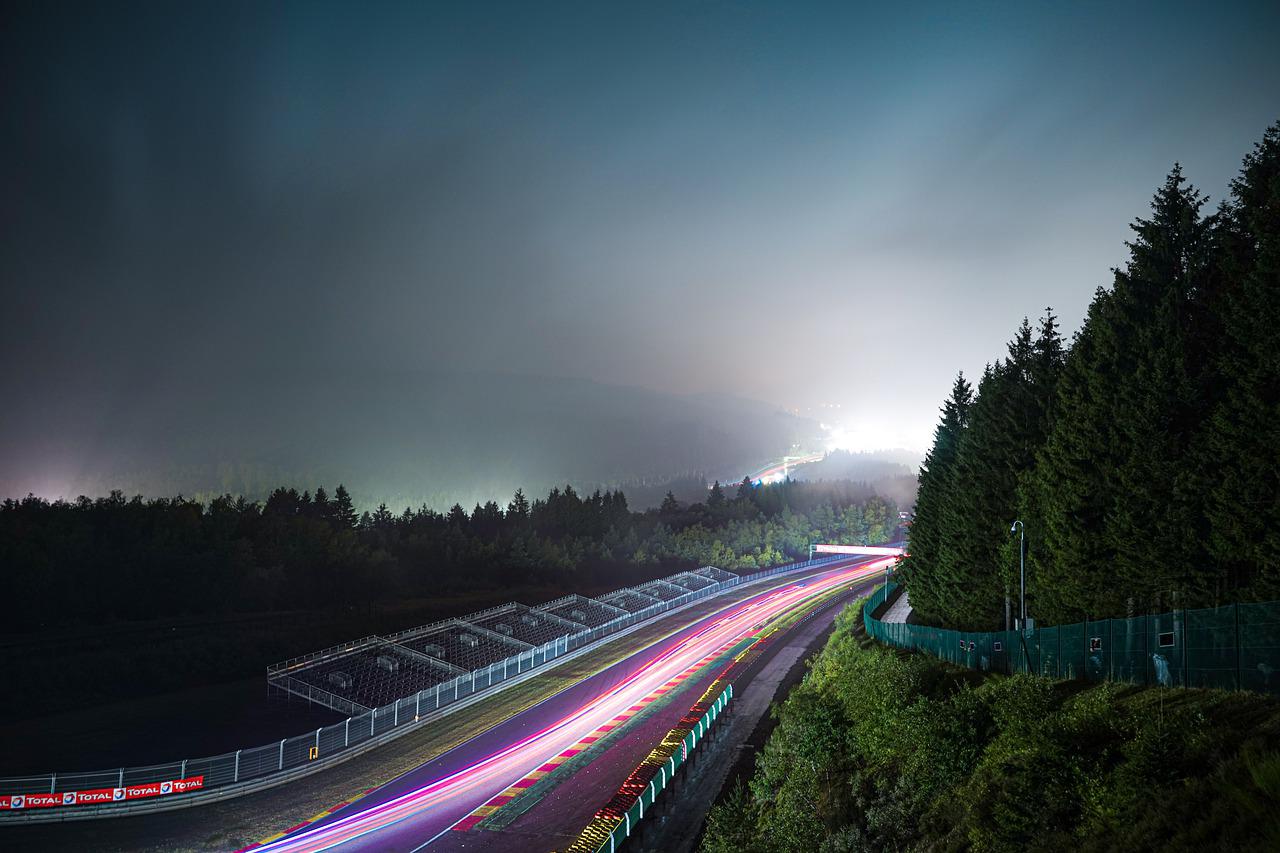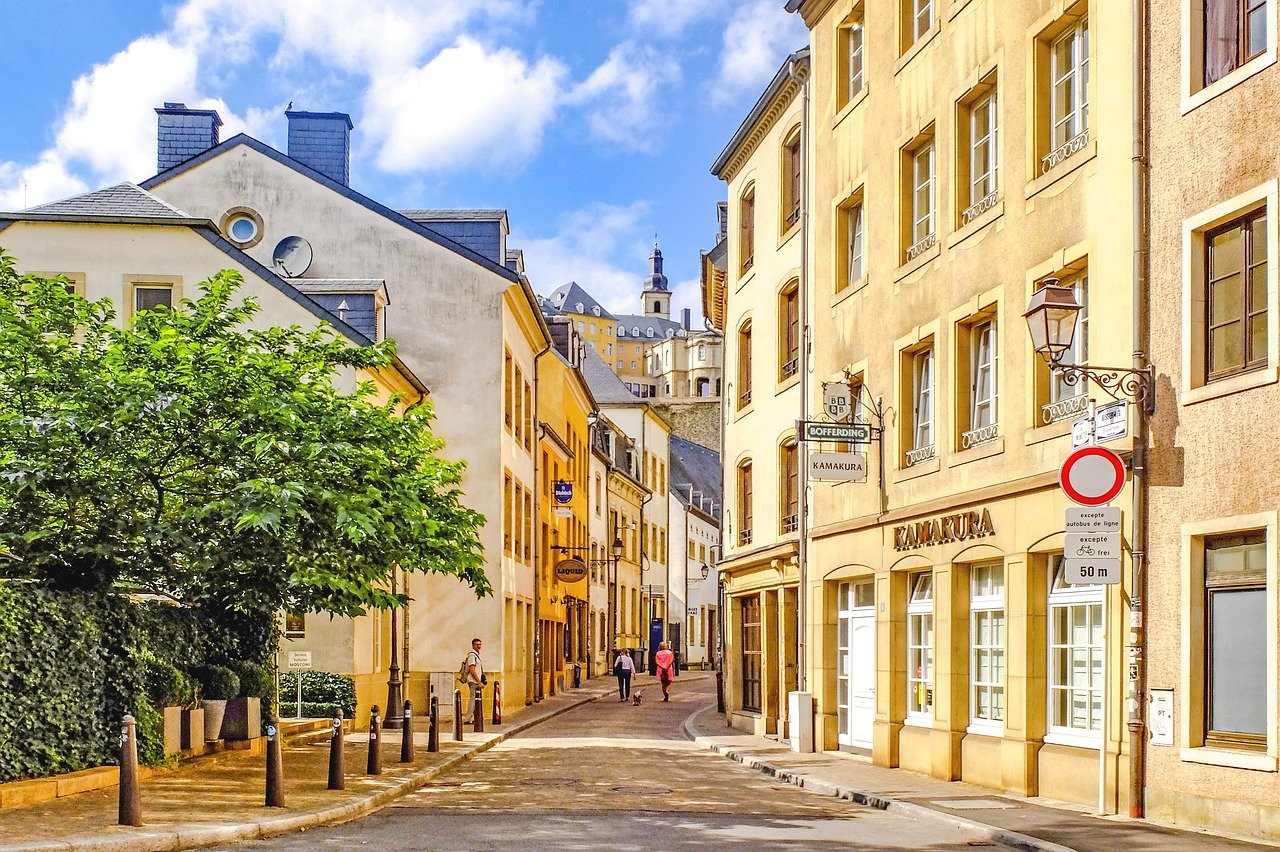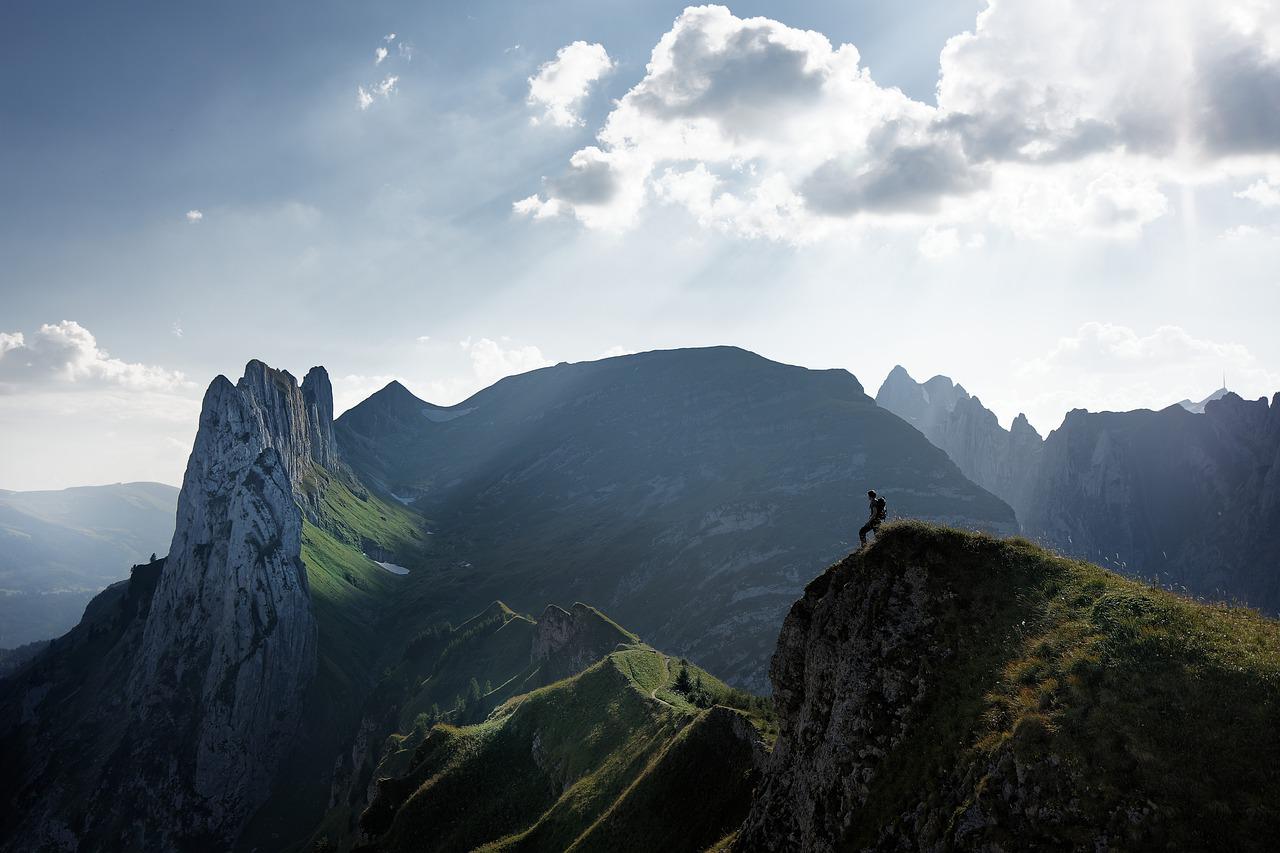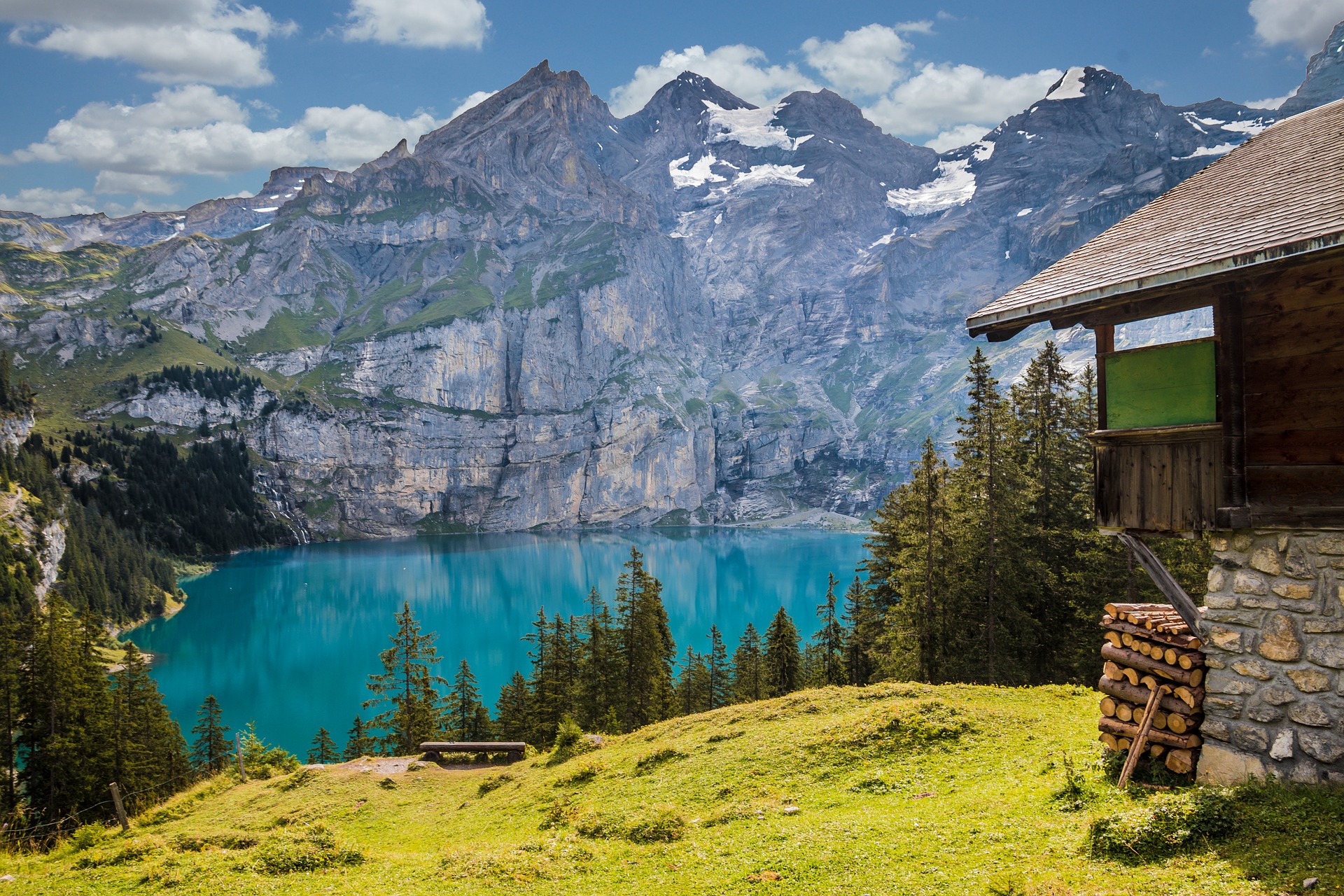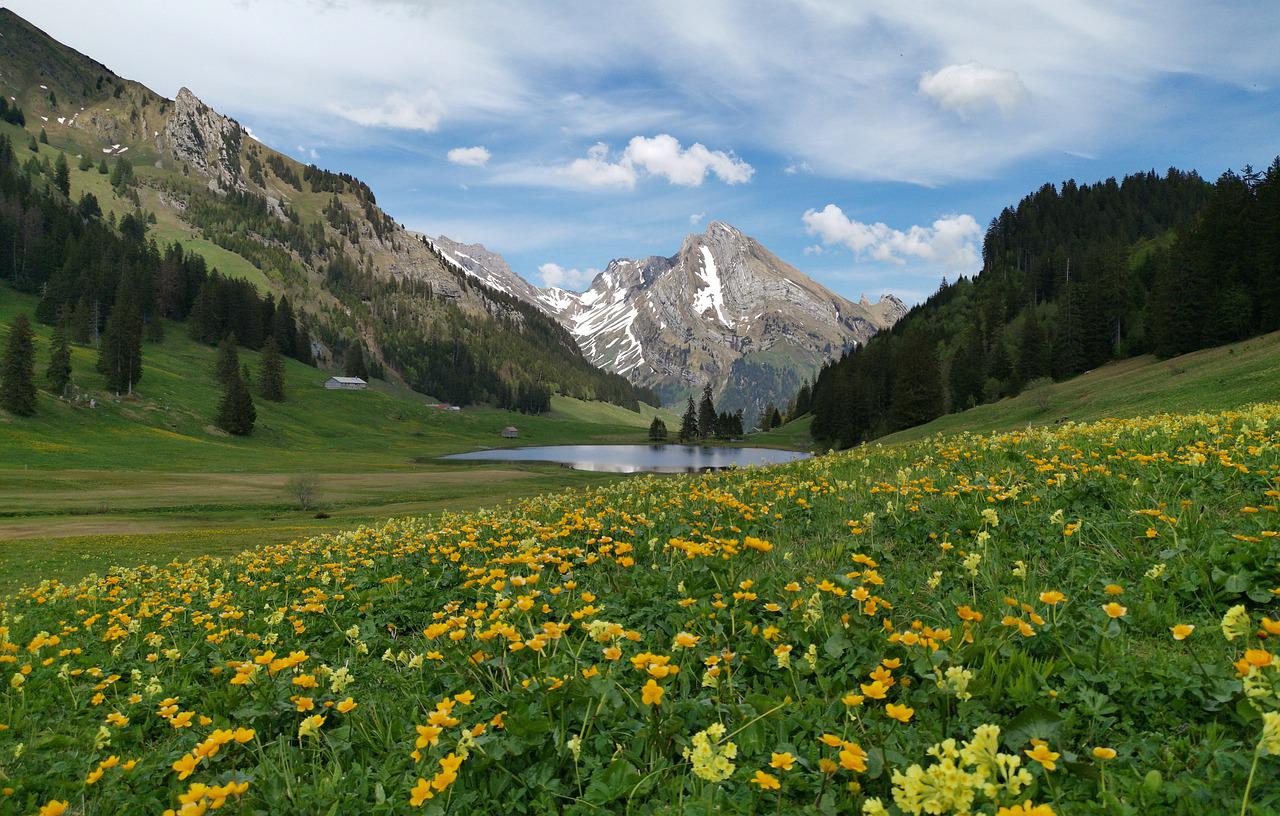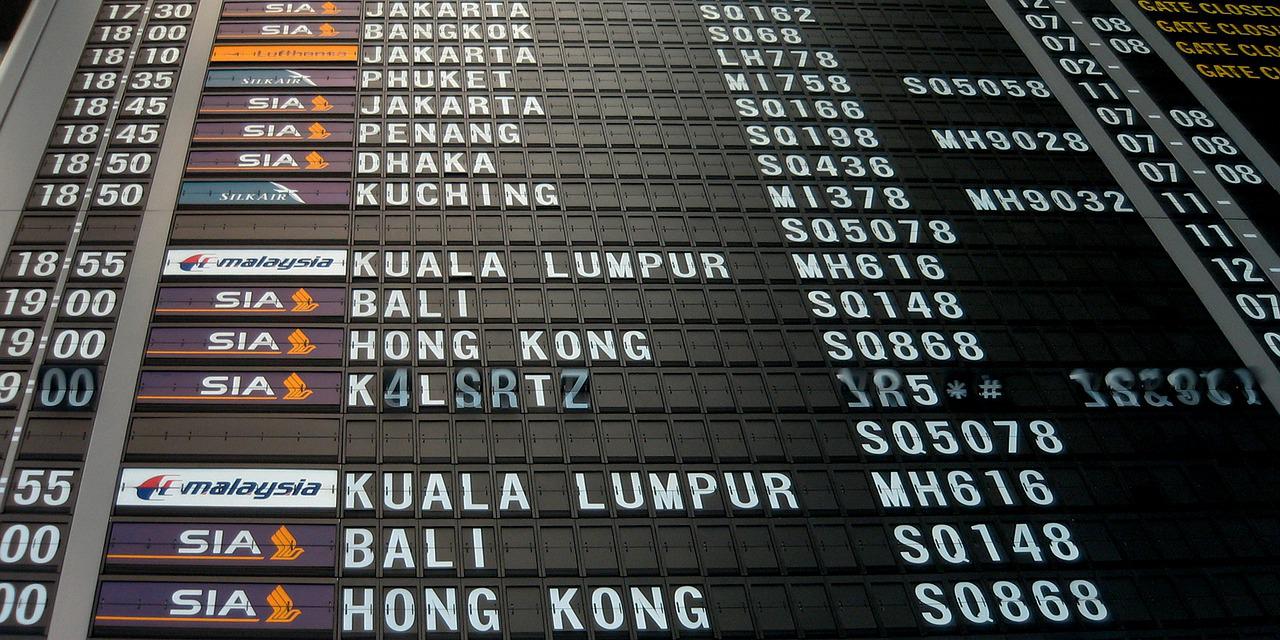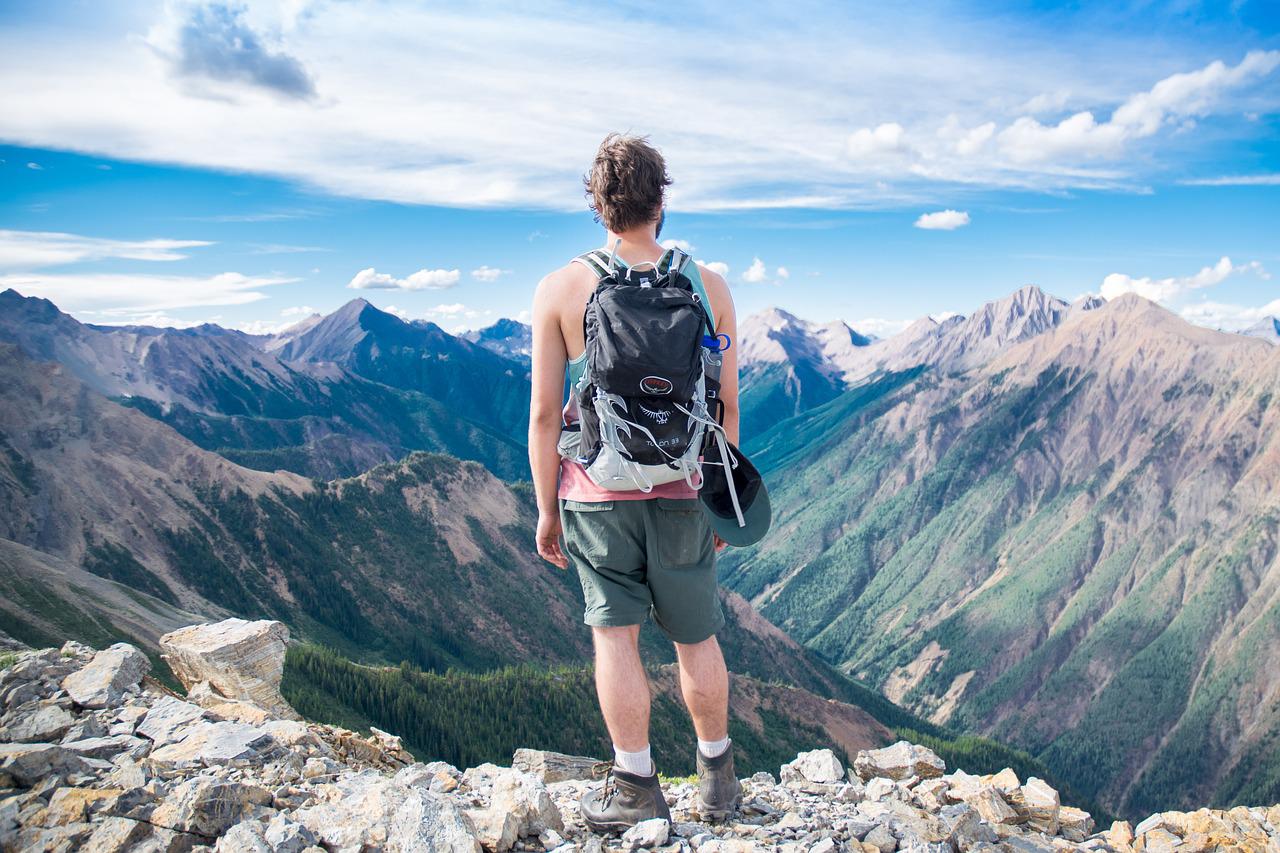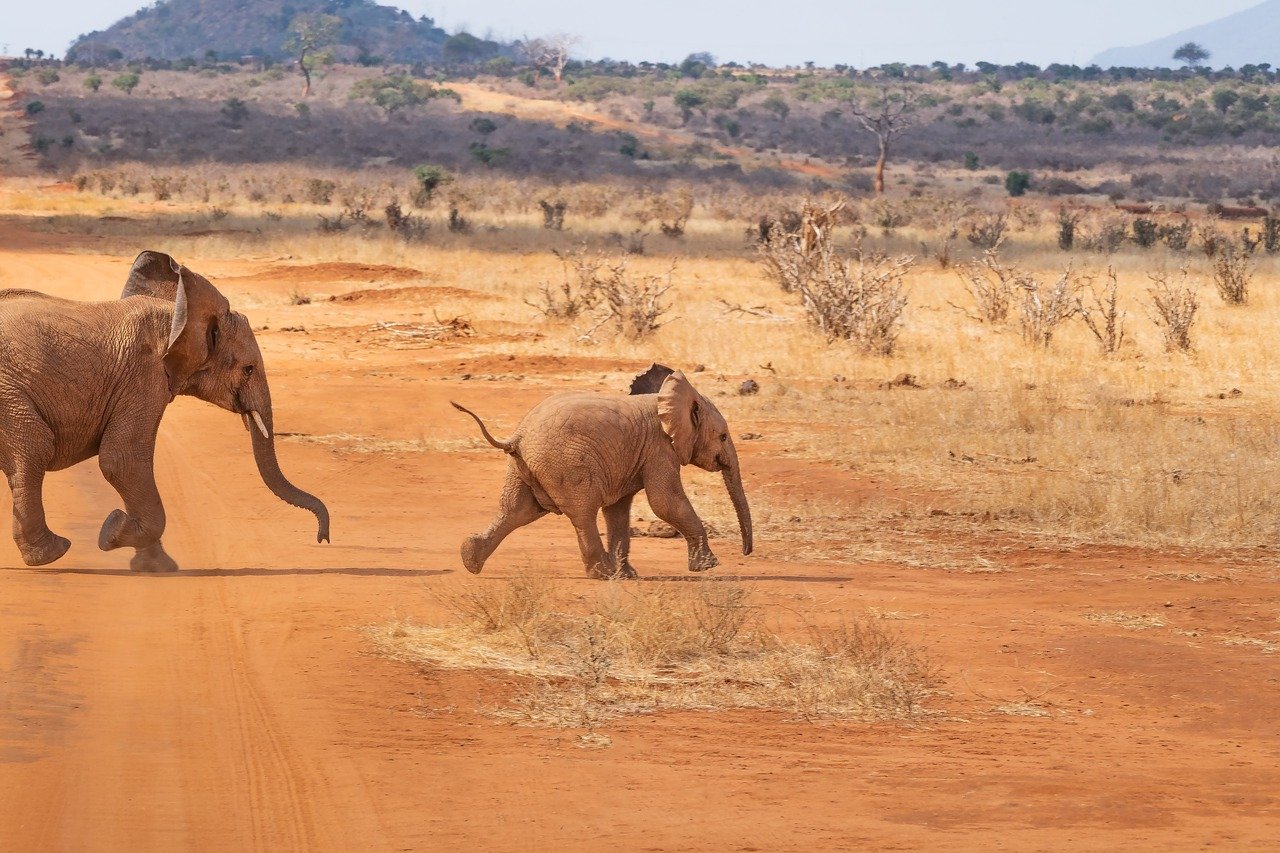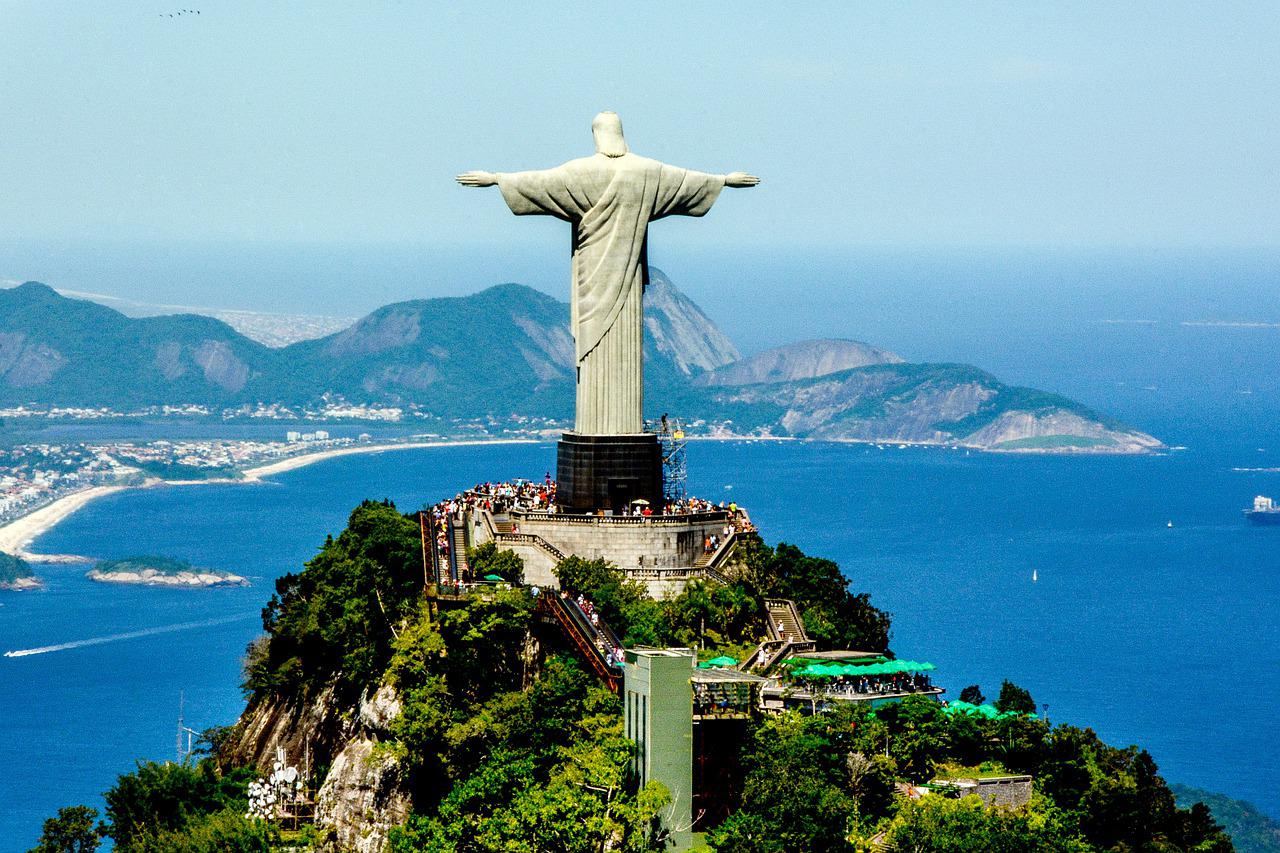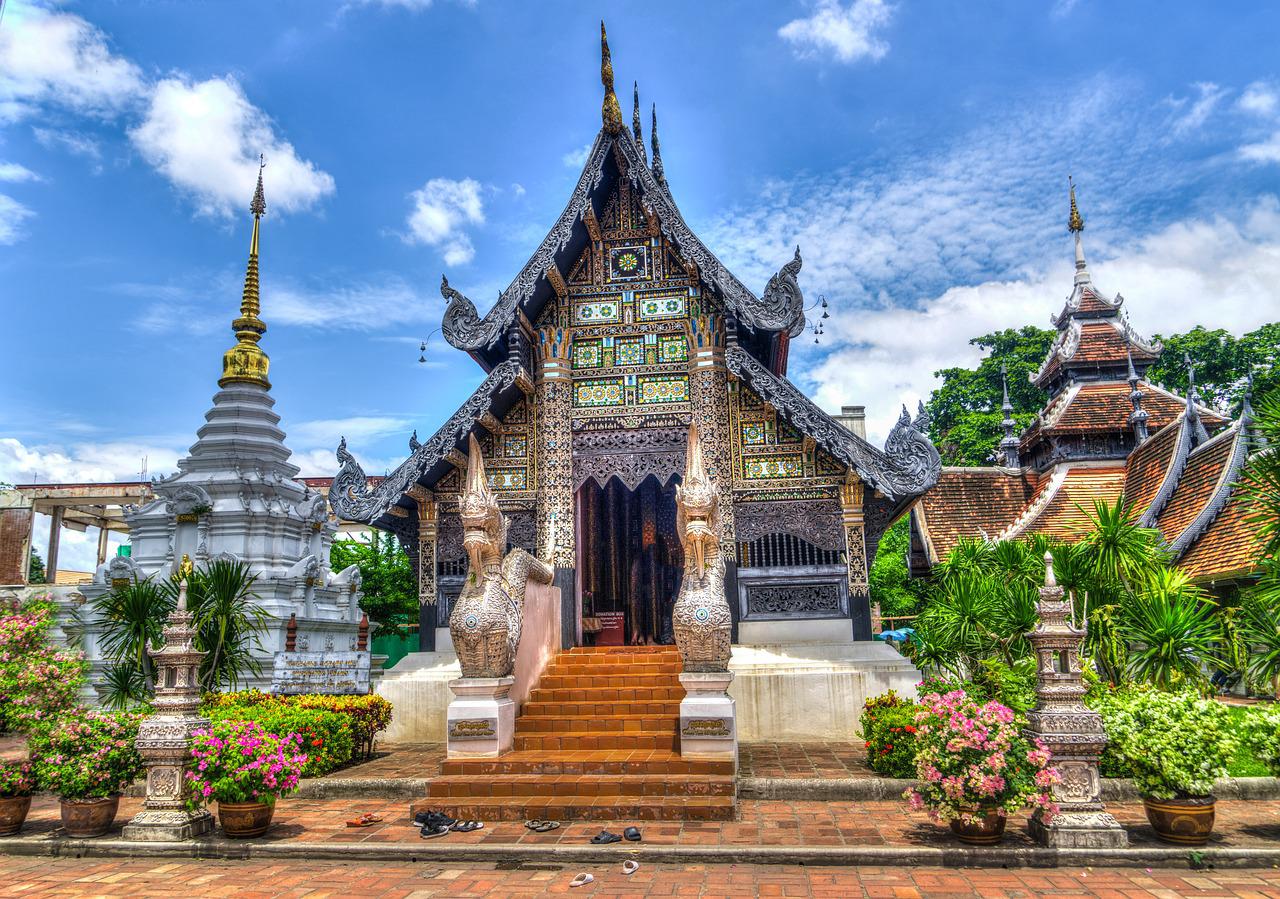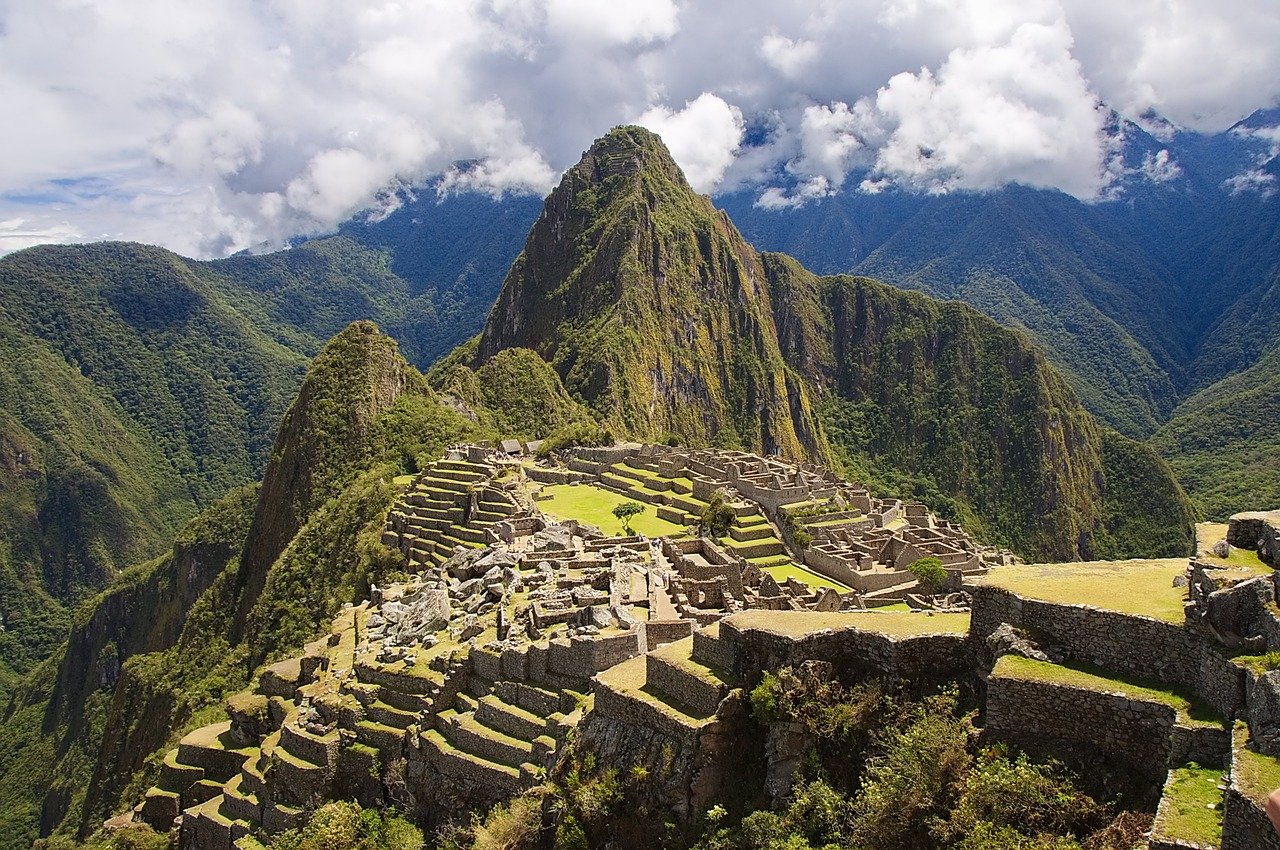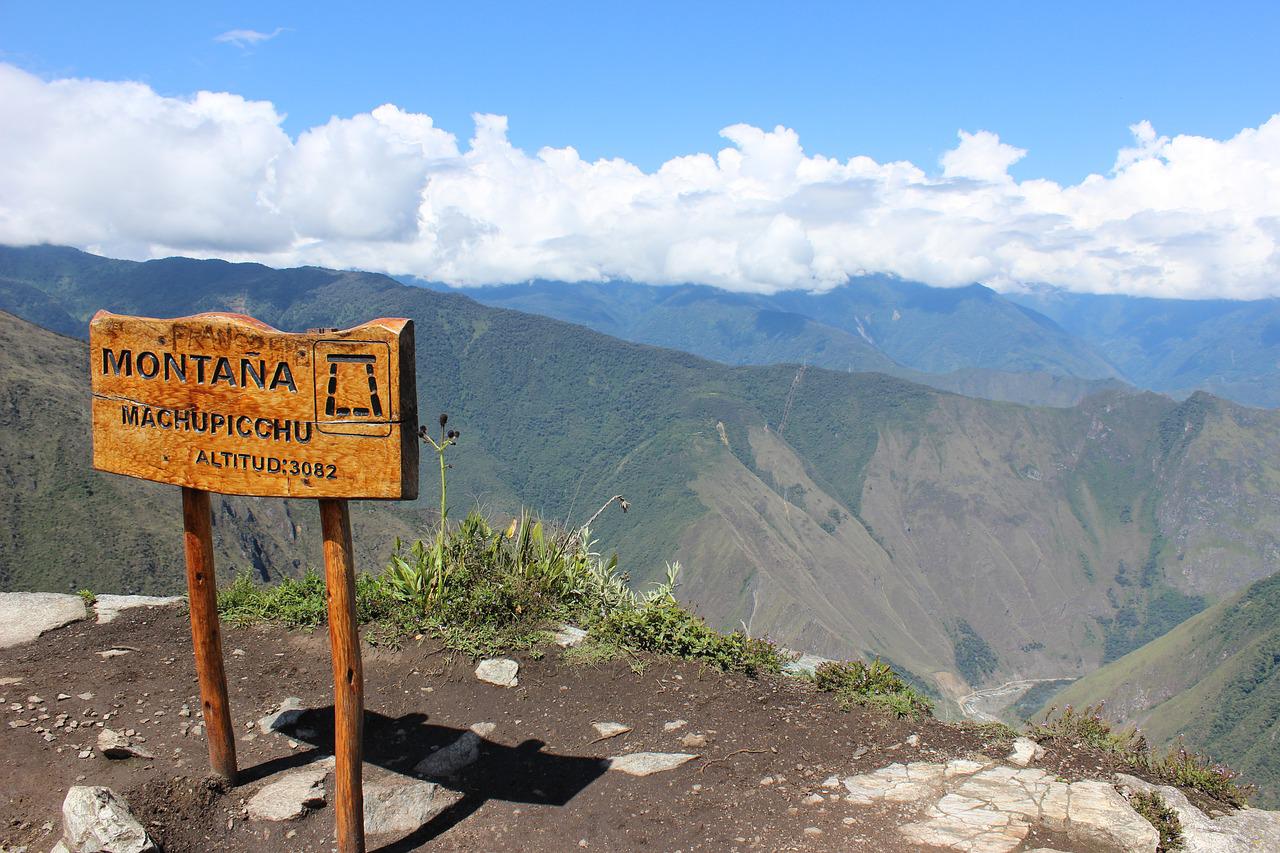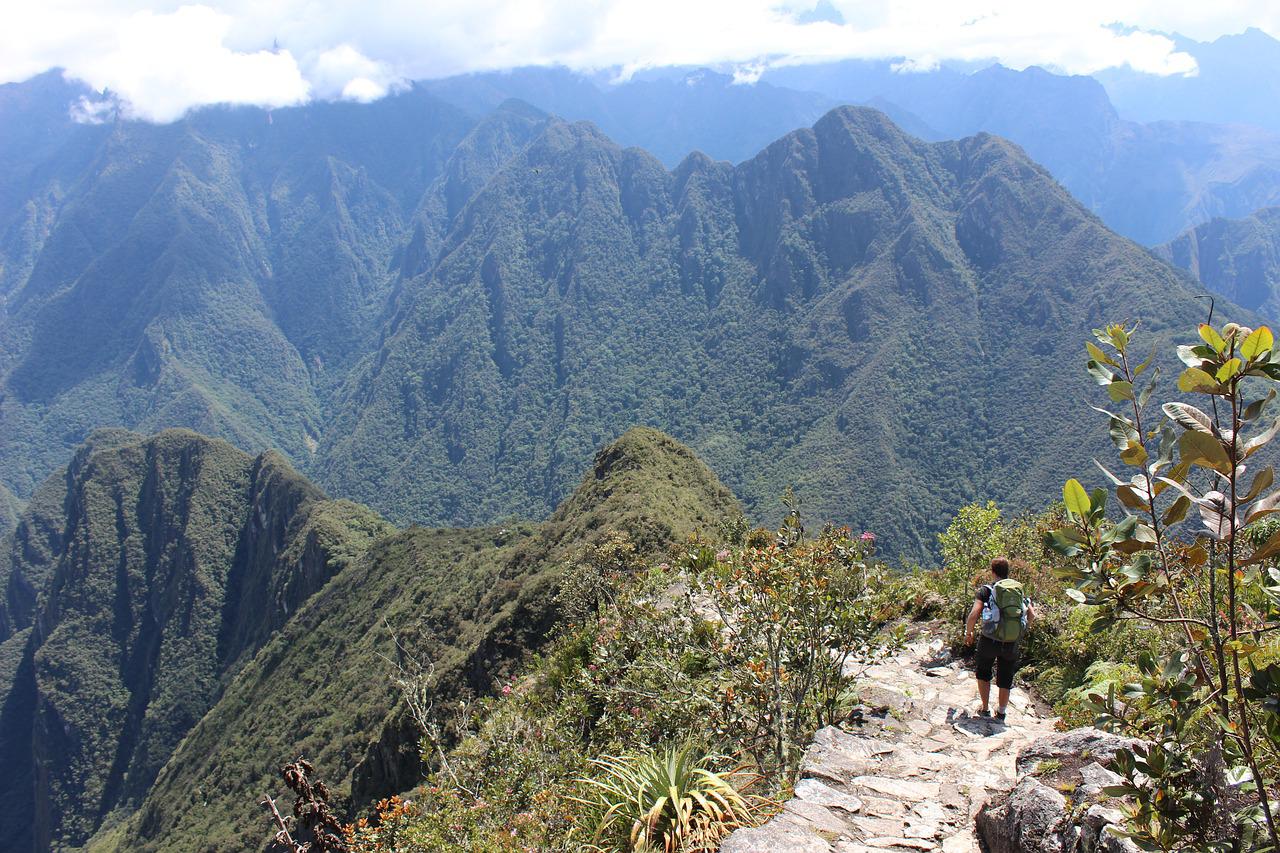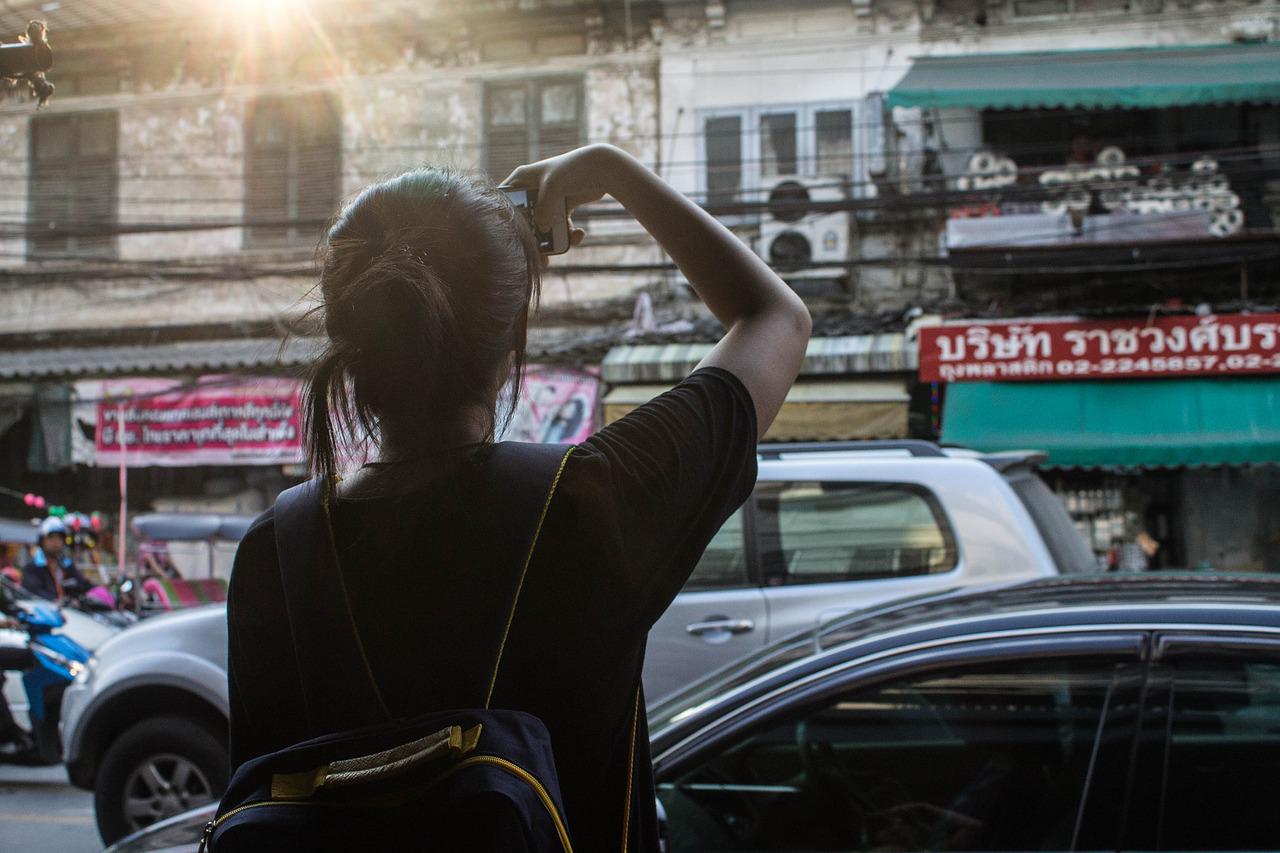Travel insurance is a wonderful safety net should something go wrong on your holiday, but nobody really wants to make a claim when they could be relaxing and having fun. Here are some top tips to keep your baggage safe so you don’t need to ring the claims line!
1. Take hand luggage only
If you have the option to pack light then DO! Having everything in your hand luggage means you can keep an eye on your stuff and it is far less likely to get lost. Bonus for not having to wait at the other end to get your belongings too.
2. Make your case stand out
Buy a bright coloured case, but bear in mind that many others may have done the same, get a colourful baggage strap or tag, and hope that it doesn’t come off, or go all out and get a personalised skin added to your case so it is absolutely like no other. We’re loving these suitcase skins! Whatever you do, do something to make that case stand out – not just so you can spot it on the carousel, but in case you need to describe it if lost.
3. Label bags inside and out
If your case goes wandering someone is likely to want to get it back to you, so get your luggage tag sorted. It’s also a good idea to add a piece of paper with your name and phone number inside too in case the tag goes missing and someone opens it up to look for owner info.
4. Remove old flight labels
No need to confuse matters by leaving old flight stickers on – take them off so that only your current travel info is on there.
5. Invest in a luggage tracker
Should your case go missing, it may well be in with many many others – having a tracker means you could track it down and let those that need to know where it is so they can return it to you asap.
6. Keep valuables with you
Losing a sarong or two is bearable, but when it’s your favourite signature accessories, or valuable jewellery it’s no joke. Keep any irreplaceable, difficult to replace items, or high value items in your hand luggage to make the pain of losing your suitcase more bearable.
7. Don’t overfill your case
An over-stuffed case is more likely to get caught, ripped, or sad to say, opened. Keep it simple and not over-stuffed.
8. Avoid luggage with straps
Holdalls, duffel bags, rucksacks and the like are likely to have straps which can get caught places en-route to the plane. Maybe nothing will happen, maybe your bag will get ripped, or maybe your bag will stay stuck while all the other cases go on board.
9. Get to the airport early
Checking in late increases the risk of your bags not making it onto the plane – get there early and it’s less likely to happen.
10. Send your belongings ahead of your holiday
There are some things that just must not be lost and won’t fit in a carry on, such as wedding dresses and sports equipment. Thankfully there are some very highly regarded luggage forwarding services that can ensure your special things arrive at your destination before you do.
Don’t forget your travel insurance! You may well need it if travels do not go according to plan! Get an instant online quote today.

